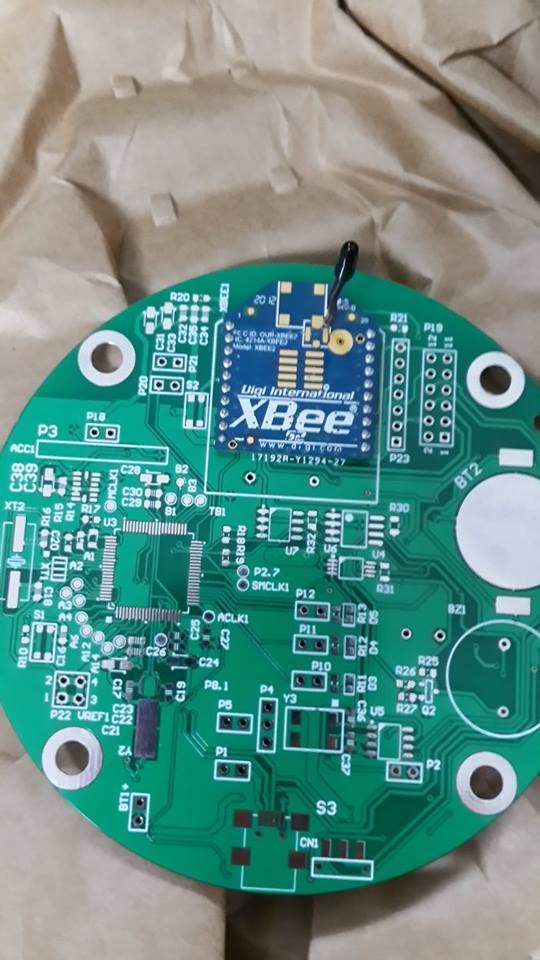By Universidad del Valle de Guatemala
This year, the mission of the Texas CanSat Competition was to simulate the descent of a delicate sensor payload. As the payload descends from the sky the teams’ goals is to retrieve as much data as possible. Points were awarded based on how much data the team is able to receive from the payload.
Each CanSat holds a science payload, which takes atmospheric readings as it falls to the ground. The payload is placed in a re-entry container, which protects the delicate instruments and electrical components. No batteries were permitted on board, so each team had to power the electrical components by harnessing energy from the environment. Universidad del Valle de Guatemala powered their telemetry system with solar panels.
XBee S3B Modules on the payload sent data to the ground. The team chose the 900 MHz modules in order to use as little current as possible and the extended range. Even though there wasn’t any actual fragile scientific instruments on board, each CanSat contained an egg, which the teams had to safely return to the ground.
Check out their Facebook page for more pictures of the competition!
